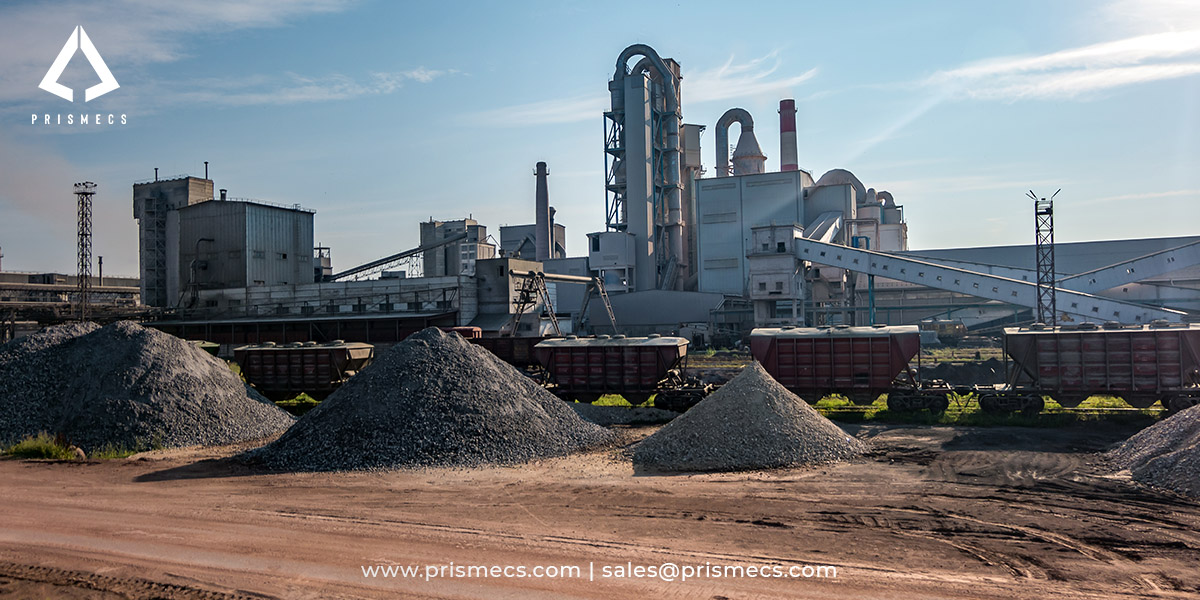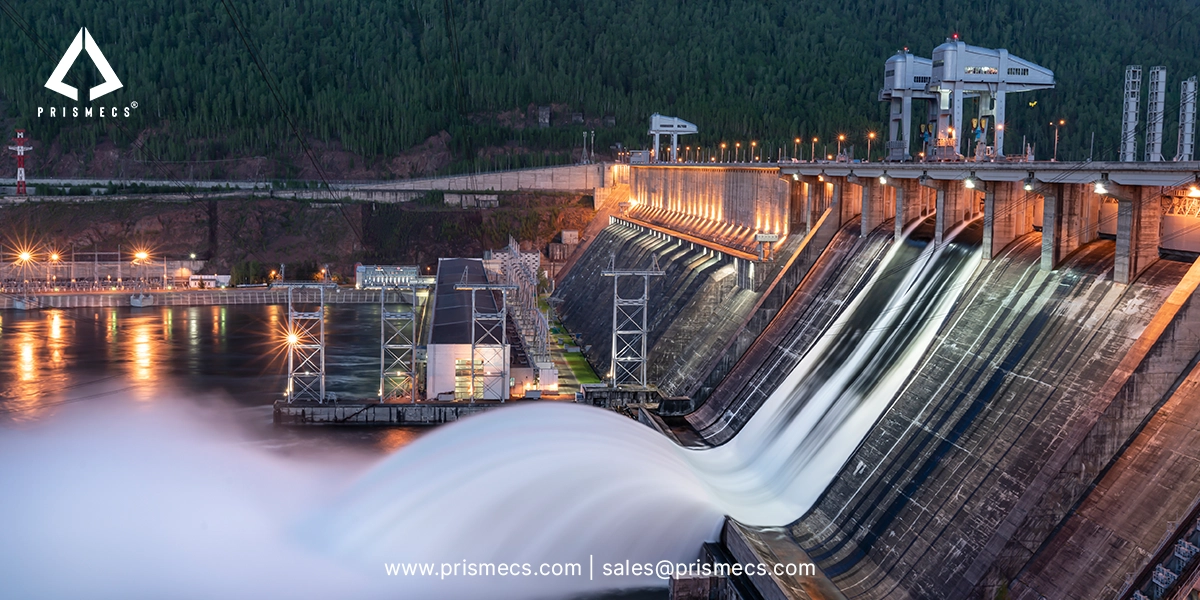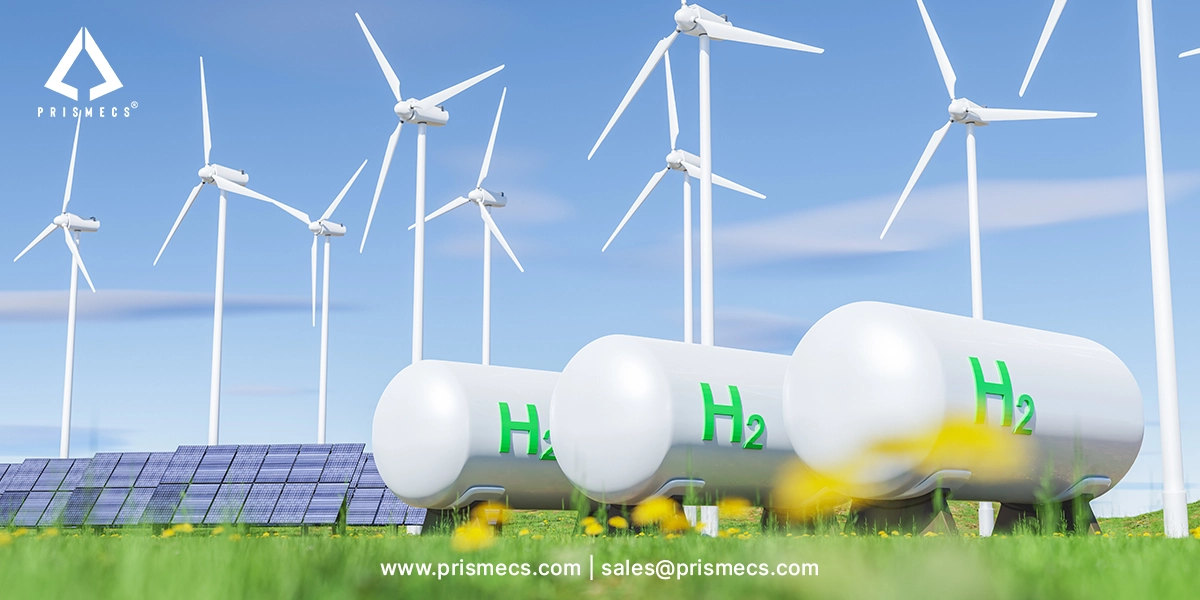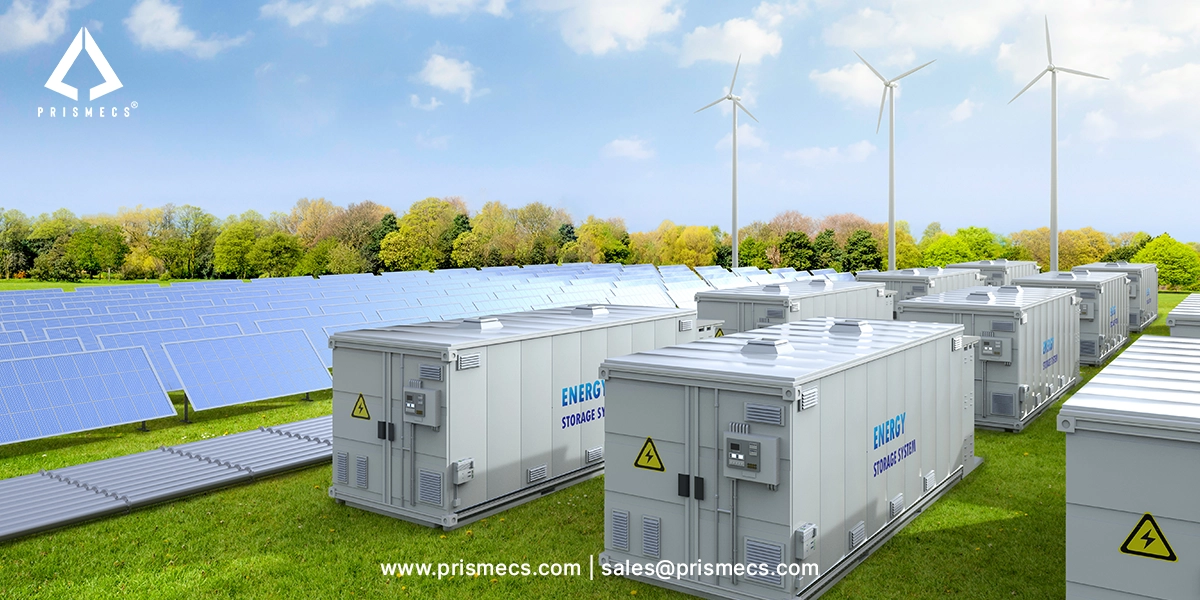
Cement manufacturing starts from the cement mining process. It obtains raw materials such as limestone, silica, aluminates, ferric minerals, and other materials. Several everyday materials demonstrate how cement forms. These materials are suitable for use in calcium carbonate cement manufacturing. Manufacturers mine and process various raw materials & put them through a chemical reaction process to produce cement.
They require an understanding of the chemical composition of all the raw materials. This understanding ensures the reaction in their procedure takes place accurately. As a result, they make good, perfect cement. Contractors and "ready-mix" industries gradually utilize this cement to manufacture concrete. This cement production process often uses alternative fuels to minimize environmental impact and improve efficiency.
Cement Production Process in Facilities
A cement manufacturing facility extends from a cement mining process. Cement plants are typically central to the minerals required to produce cement. This setup reduces transportation expenses and overcomes the cost of the cement. Conveyor belt systems transport materials, ground to a fine powder, and fed into cement kilns. Kilns heat the materials at high temperatures. The raw mix begins to form clinker, also known as clinker. They later cool the clinker and send it to the cement mill. The cement mill further grinds the material into the final product.
Steps in Cement Manufacturing
Cement manufacturing is a complex procedure. It begins with the mining process, followed by the grinding of various raw materials. From the limestone quarry and cement mining process, you must follow every step. You need to follow each step in the cement manufacturing process. This process begins with delivering raw materials and culminates in delivering the final product. In this cycle, workers grind materials to a fine powder. They pass the powder through high-temperature cement kilns. These kilns eventually transform it into different types of cement based on their composition.
Raw Material Extraction/Quarry
The raw materials for cement production are limestone and clay. These include calcium, silicon, aluminum, and iron. Shale, fly ash, mill scale, and bauxite also serve as raw materials. The ore rocks are quarried and crushed into little parts of about 6". Secondary crushers or hammer mills then grind the raw materials to an even smaller size of 3". After that, the material, known as the raw meal, will be ready for the manufacturing process in pyro processing.
Grinding, Proportioning, and Blending
The crushed raw material is now prepared for the cement production procedure in the kiln. Workers mix it with additives and grind it to provide a fine, homogeneous combination. We proportion the consistency of cement here. It depends on the required properties of Portland cement.
Usually, limestone and clay make up 80 percent, and the remaining 20 percent is clay. Heavy wheel rollers and moving tables mix the raw material, and the cement plant dries the raw mix. Then, the rotating roller crushes the material into a fine powder. Workers store the powder in silos and feed it to the kiln for ready-mix concrete applications.
Pre-Heating Raw Material
A pre-heating chamber features a series of cyclones. It employs the hot gases generated from the kiln, helping reduce fossil fuel usage to lower the carbon footprint. This step makes the cement production process more energy-efficient. It supports the goals of carbon neutrality in the cement manufacturing process.
Kiln Phase
The kiln phase is the primary stage of the cement and concrete production process. Clinker is generated from the raw mix via a series of chemical reactions between calcium & silicon dioxide compounds.
Though the whole procedure is complex, we have written the events of clinker manufacturing in the following flow:
- Evaporation of free water
- Evolution of mixed water in the argillaceous components
- Calcination of the calcium carbonate (CaCO3) to calcium oxide (CaO)
- Reaction of CaO along with silica to form dicalcium silicate
- Reaction of CaO with the aluminum & iron-bearing constituents to shape the liquid phase
- Formation of the clinker nodules
- Evaporation of volatile
- Reaction of excess CaO with dicalcium silicate to generate tricalcium silicate
The above events are divided into four main stages. These stages depend on the change in high temperatures inside the rotary kiln:
- 100°C (212°F): Evaporation of free water
- 100°C (212°F)-430°C (800°F): Dehydration and formation of oxides of silicon, aluminum, and iron
- 900°C (1650°F)-982°C (1800°F): CO2 evolves, and CaO produces through calcination
- 1510°C (2750°F): Cement clinker forms
The kiln has an angle of 3 degrees in a horizontal shape. It permits the material to pass for 20–30 minutes. When the raw material reaches the bottom of the kiln, the clinker is generated. The clinker exits the kiln in marble-sized nodules. This stage often requires burning fossil fuels. Burning fossil fuels contributes to air pollutants. Modern plants focus on reducing emissions. They aim to achieve a long-term cost-effective balance in the building material industry.
Cooling & Final Grinding
After the previous step, air quickly cools the clinker from 2000°C to 100°C–200°C. At this point, workers mix various additives with the clinker to grind into the cement's finished products. It also avoids agglomeration & coating of the fine powder on the ground of balls & mill wall. We include a few organic substances, such as triethanolamine (used at 0.1 wt.%). These substances serve as grinding aids.
They prevent powder agglomeration. Other additives sometimes utilized are ethylene glycol, oleic acid & dodecyl-benzene sulphurated.
The heat generated by the clinker moves back to the kiln to protect energy. The final grinding process is the last stage of the cement and concrete production process. In the cement plant, there are circulating drums adjusted with steel balls. Clinker cools and then moves to these circulating drums. The drums grind it into powder. Each pound of this powder has 150 billion grains. People know this powder as the final item of the cement process. It determines setting time, compressive strength, and overall quality control of the concrete product.
Packing and Shipping
Cement moves from grinding mills to silos, which pack 20 to 40 kg bags. Companies ship most items in large quantities via trucks, trains, and ships. Workers pack only a small number of items for clients who require small quantities of products. Modern plants also offer blended cement.
They design them to be cost-effective while maintaining high performance in building material applications. These finished products are essential for various cement and concrete applications, ensuring durability and long-term performance.
Last Words
Prismecs will ensure the tools and engineering solutions you require to maximize extraction. We'll help you efficiently perform the cement mining process. On this platform, cement crushing is a demanding procedure that our experts can do in any environment. Prismecs' crushing tools and solutions deliver reliability for the most demanding tests. They help teams achieve consistent sizing and peak productivity in their respective industries.
Contact Us to Learn How Cement Is Formed
We will assist you from the crucial first step of the cement mining process to the end step in an efficient way. We are available for you at any time and would love to assist you in all ways. For more information and in-depth assistance, please contact us at +1 (888) 774-7632. We also encourage queries at sales@prismecs.com.
Tags: Cement Quarry Cement Mining Cement Industry Manufacturing Process Cement Making Process Cement Industry Cement Manufacture Process of Cement Plant Cement Process Manufacturing Cement Manufacturing Process How Cement Is Formed
recent posts

Renewables
5 minutes read
How Renewable Energy Systems Work Efficiently
Discover how renewable energy systems work efficiently to provide affordable, zero carbon energy, overcome storage challenges, and power for a sustain...

I and C Services
7 minutes read
Expert Commissioning Services for Safe, Efficient Operations
Learn how expert commissioning services support safe, efficient, and reliable energy operations across complex industrial and power systems.

Green Hydrogen
7 minutes read
Green Hydrogen Plant Technology Guide
Discover how a green hydrogen plant works, its key technologies, and its role in clean energy. Explore solutions for scalable, carbon-free hydrogen pr...

EPC Services
7 minutes read
EPC Power: From Design to Delivery of Reliable Energy System
Discover how EPC power solutions streamline design to delivery, ensuring reliable, efficient, and future-ready energy systems in one integrated proces...